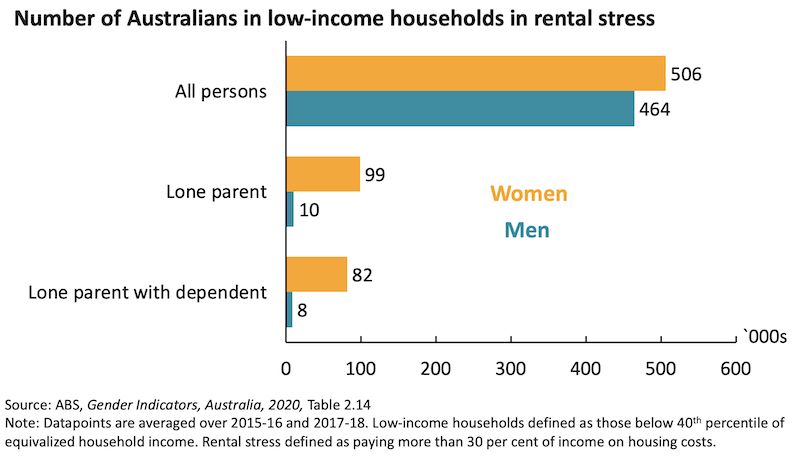It’s not always obvious, but the way our cities are designed is often biased against women. Sadly, Canberra is no exception.
So to celebrate International Women’s Day 2022, we’re sharing three reasons why urban planning matters for gender equality - and three ways we can make sure Canberra works for all its residents.
Transport
Nowadays, our cities are often built for cars, not humans. From inaccessible footpaths and bike paths, to rules that prioritise parking over living space, it’s hard for anyone to get by without a car. But it’s especially hard for women.
As the leading urban planning expert Inés Sanchéz de Madariaga argues, our current public transport systems are built around work-related travel, rather than shorter trips related to caring responsibilities - trips that are mainly made by women. Badly designed roads, poor lighting, and inaccessible footpaths also make it harder for women to make use of active transport options like cycling. This is particularly the case for women caring for young children. The result of all this is that women are often forced to spend more time travelling and more money on purchasing and maintaining a car.
But it doesn’t have to be this way! Cities like Vienna have made great progress toward building transport infrastructure that serves men and women equally well - from wider sidewalks and better-lit streets, to an integrated, rapid public transport network that makes shorter trips easy. It’s a great example of how we in Canberra can start dismantling the bias against women that’s embedded into our city’s transport system.
Housing options and access to amenities
As we’ve argued previously, our current planning rules block many of the housing options that could help people who are currently locked out of home ownership - including older women experiencing housing stress. Our current planning processes are also too often used to stall or delay the kinds of social housing projects that vulnerable or lower-income women so desperately need - even when these projects have broad community support.
More broadly, our current approach to planning also prioritises separated houses and car-oriented commercial areas over mixed-use developments and walkable neighbourhoods. This approach means that many of the amenities we rely on - from healthcare, to childcare, to food - are further away than they need to be. And the data shows that women are most disadvantaged by this distance.
This is yet another reason why at Greater Canberra we’re advocating for more housing options across our city, and for more walkable and liveable neighbourhoods that better allow us to connect with family, community, and essential amenities.
Housing affordability
It’s no secret that Canberra’s high rents and house prices are impacting all Canberrans. But they especially impact women - notably older women and single mothers on low incomes. As at the 2016 Census, only 54% of single parent families in Canberra owned their own home (either outright or with a mortgage), as compared with 77% of families with two parents. Across Australia, more than 100 thousand single parents in low-income households lived in rental stress. And more than 90% of these single parents in rental stress were women.

There are numerous studies that show that increasing housing supply could make a big difference to rental affordability - take this great paper by Xiaodi Li for a start. Even when it comes to public housing, Canberra’s current single-family zoning rules make it impossible to build the kinds of social housing projects that have proved so successful in other cities, in the places they’re needed most.
Let’s make our planning system work for all Canberrans
Our city’s biased urban design is just one reason why at Greater Canberra we’re advocating for reforms to our planning rules that allow more homes to be built for those who need them most. If you’re interested in joining us in our work, consider signing up as a member!
And if you want an accessible introduction to some of the issues discussed above, check out Chapter 1 of Caroline Criado-Perez’s great book Invisible Women.
